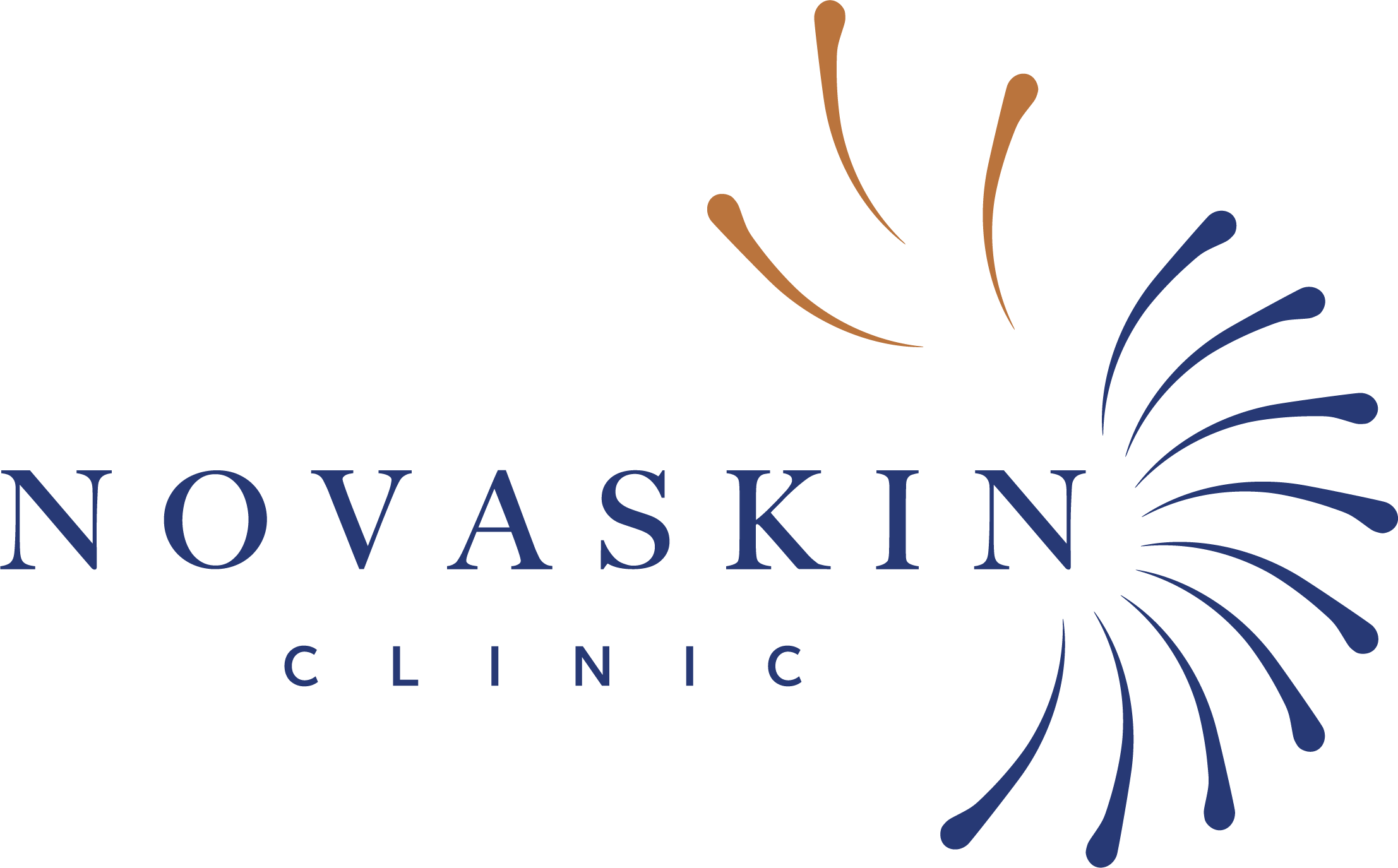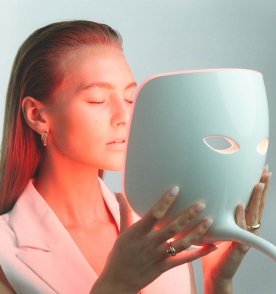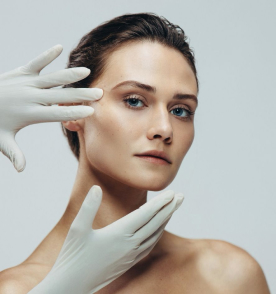Laser hair removal is an effective, safe and long-lasting method of permanent hair reduction, when performed under controlled conditions. However, certain medical situations, treatments or behaviors can compromise its effectiveness or present risks. Here’s a complete guide to contraindications, precautions to take, and preparation steps before a medical laser session.

Contraindications to laser hair removal
The laser principle is based on selective photo-thermolysis: the light beam is absorbed by the hair’s melanin, conducting heat to the bulb and destroying it. Any condition that alters this light/skin/hair interaction must be carefully assessed.
Photosensitizing drugs: a risk of burning
Some treatments increase skin sensitivity to light:
- Antibiotics such as doxycycline and tetracycline
- Isotretinoin (anti-acne treatment)
- Certain anticancer or hormone treatments
Do: always inform your practitioner of all current medications, including those taken on an occasional basis. A prior medical assessment is essential.
Skin diseases, recent scars and tattoos
- In the event of eczema, active herpes, psoriasis or skin infection, the session should be postponed.
- Recent scars or open wounds must be completely healed before any intervention.
- Laser treatment should be avoided on tattoos, which also absorb light and can react unpredictably.
Laser hair removal and pregnancy
Although no studies have shown a direct risk to the fetus, pregnancy andbreast-feeding are generally contraindications in principle. In addition, hormonal fluctuations can alter the response to treatment. It is therefore advisable to wait until the end of this period before starting a protocol.
Sun and laser hair removal: an absolute incompatibility
Why is tanning dangerous before a laser session?
Tanned skin contains more melanin, which increases the amount of energy absorbed at the skin’s surface, and therefore :
- The risk of burns
- The appearance of pigmentation spots (hyper- or hypopigmentation)
- Reduced treatment efficiency (laser setting must be lowered)
Recommendations:
- Avoid exposure to the sun or artificial UV rays for at least 3 weeks before the session
- Apply a very high SPF sunscreen (SPF 50+) to exposed areas.
After the session: protecting fragile skin
Laser treatment makes the skin temporarily more sensitive. It is essential to :
- Avoid the sun for 7 days
- Use appropriate soothing creams, recommended and supplied by the practitioner
- Avoid scrubs, perfumes or irritating products on the treated area in the hours following laser treatment. You should generally wait 3 to 5 days.
Preparing the skin: a key factor for success
Forget wax and tweezers
The laser requires the hair to be present in the follicle. If the hair has been removed (waxing, tweezing or epilating), the laser nolonger has a target:
- No heat conduction to the root
- Partial or total ineffectiveness of the session
Why is shaving recommended?
Shaving cuts the hair at the surface, but leaves the hair shaft in the follicle, rich in melanin, intact:
- This is the part that will capture the laser energy.
- The heat is then effectively transmitted to the germ cells (in the matrix and bulge of the follicle), responsible for regrowth.
When to shave?
Shave the treated area 24 to 48 hours before the session. This :
- Reduces the risk of irritation
- Prevents surface burns caused by excessively long bristles
- Improves deep laser penetration
State of health: inform, always
Before each session, it is crucial to report any changes:
- New treatments
- Sunburn or recent tan
- Infections, allergies, new pathologies
Good communication with your practitioner ensures that the protocol is adapted to your situation and that the treatment is safe.
In short: anticipate for optimum results
Laser hair removal is an effective method, but it can’t be improvised. Knowing the contraindications, respectingsun exposure times, preparing the skin properly and communicating with your practitioner are the pillars of a successful treatment.
At Novaskin Clinic, each protocol is personalized, based on a rigorous preliminary assessment and support throughout the treatment. Because lasting results depend above all on safety.



